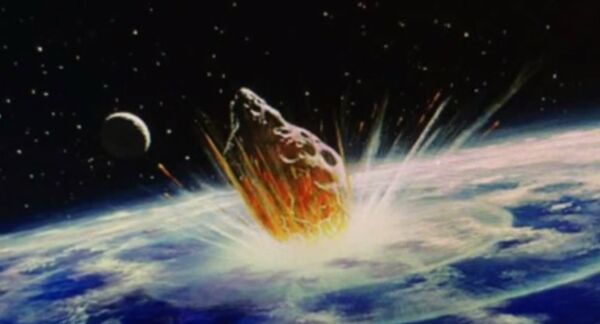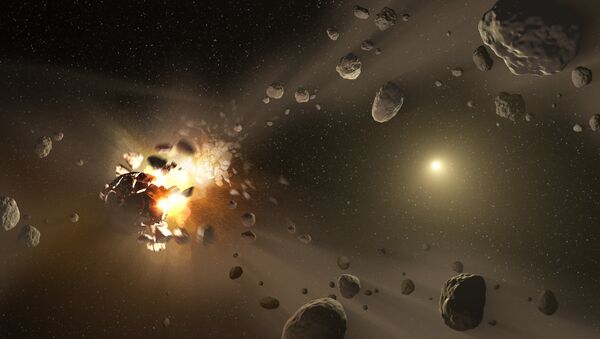Asteroid 2012 TC4, which narrowly avoided colliding with Earth in October 2012, is set to swing dangerously close to our planet for the second time. Researchers have speculated that this time, the celestial body could be as large as 40 meters wide, almost as large as the famed Statue of Liberty, and about twice the size of the meteor that exploded over the Russian city of Chelyabinsk in February 2013 that injured 1,500 people and damaged more than 7,00 buildings.
And experts concede they have no idea where the asteroid may strike.
The giant space rock, which was discovered by a Hawaiian observatory and in 2012 missed Earth by only just short of 59,000 miles, is now expected to come close to our planet again in October 2017.
Fortunately, many astronomers don’t believe the asteroid will hit us — and if it does, they say, it would just cause a bit of structural damage.
"We could see an airburst maybe broken windows, depending on where it hits," University of Texas astronomer Dr. Judit Györgyey-Ries told space blog Astrowatch.net.
"There is a one in a million chance that it could hit us. The size was estimated from the brightness, but we don't know the reflectivity. So it could be smaller or larger, assume from 10 to 40 meters,” said Detlef Koschny, the head of the Near Earth Space Objects (NEO) team at the European Space Agency.
"A 40m iron object would go through the atmosphere and make a crater; a 10m rocky object would hardly be noticed.”
Experts at NASA’s Asteroid Watch believe there is absolutely no chance the asteroid could hit Earth. But Dr. Györgyey-Ries insists more observations will be necessary before confirming that the meteor doesn’t pose any threat.

There are currently 1572 potentially hazardous asteroids (PHA) in our solar system, but none are on a confirmed collision course with our planet.


